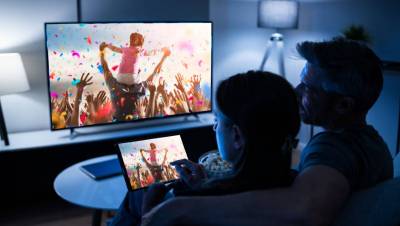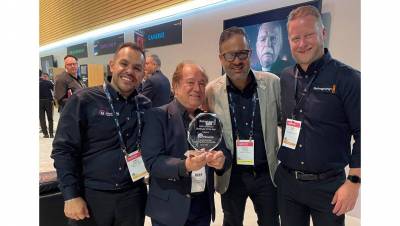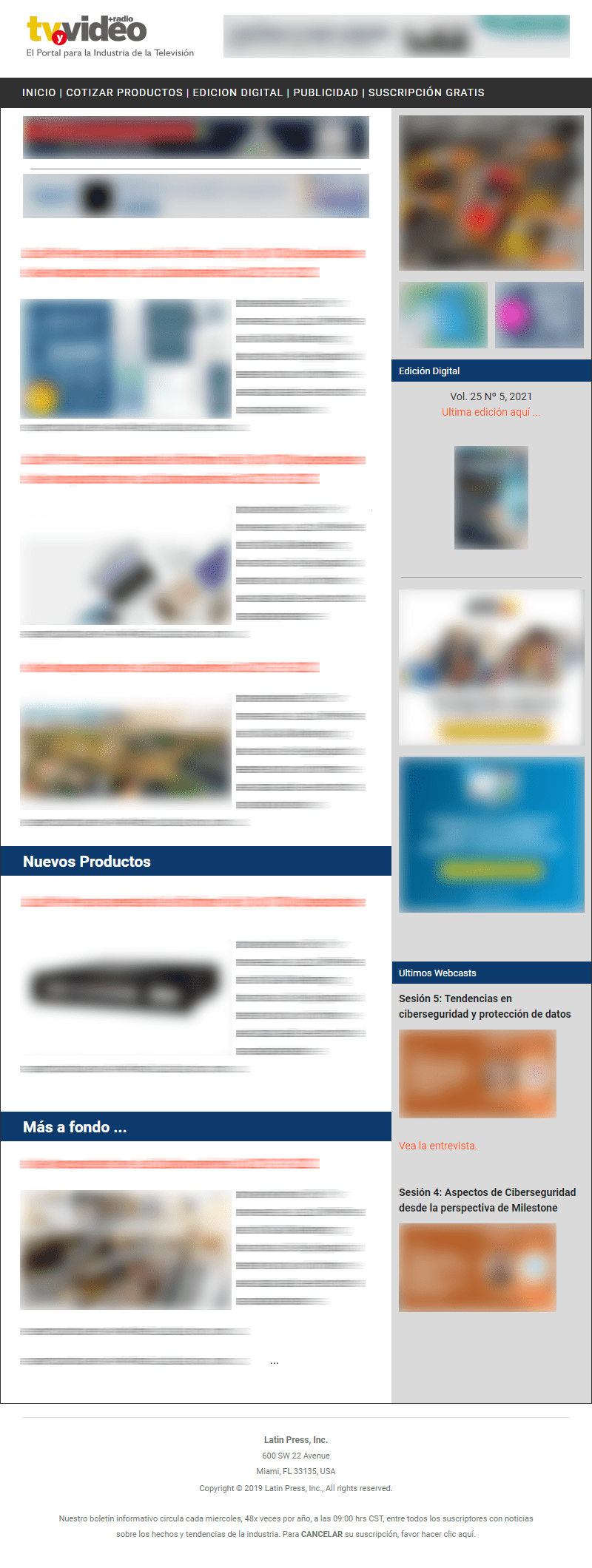Television remains one of the most widely used media for information and entertainment. From the technological point of view, every day innovations are presented that facilitate production and allow audiences to see images and listen to audio with higher quality, achieving an unparalleled experience.
But is television really accessible to everyone? And I'm not talking about the offer of content, varied in genres, themes and formats. I am referring to a not-so-small segment of the population living with hearing and visual impairment.
The technological advance to provide an accessible medium to this population exists and became widespread with the options offered by digital television. We talk about closed Caption, sign language, audio description, among others. In addition, the regulations in the different countries of the region have advanced in the obligation of the channels to have these resources available. But how much are these rules being enforced for the benefit of people with hearing and sensory disabilities?
In this edition of the magazine we present an interview with Luis Gutiérrez and Luis Orcasitas, authors of the book "Accessibility of digital television for people with sensory disabilities", which analyzes the difficulties of the population with hearing and visual disabilities. One of the conclusions is that efforts so far are insufficient to achieve a medium like television that is truly accessible.
We invite you to read the interview and the book in its digital version.


























Leave your comment